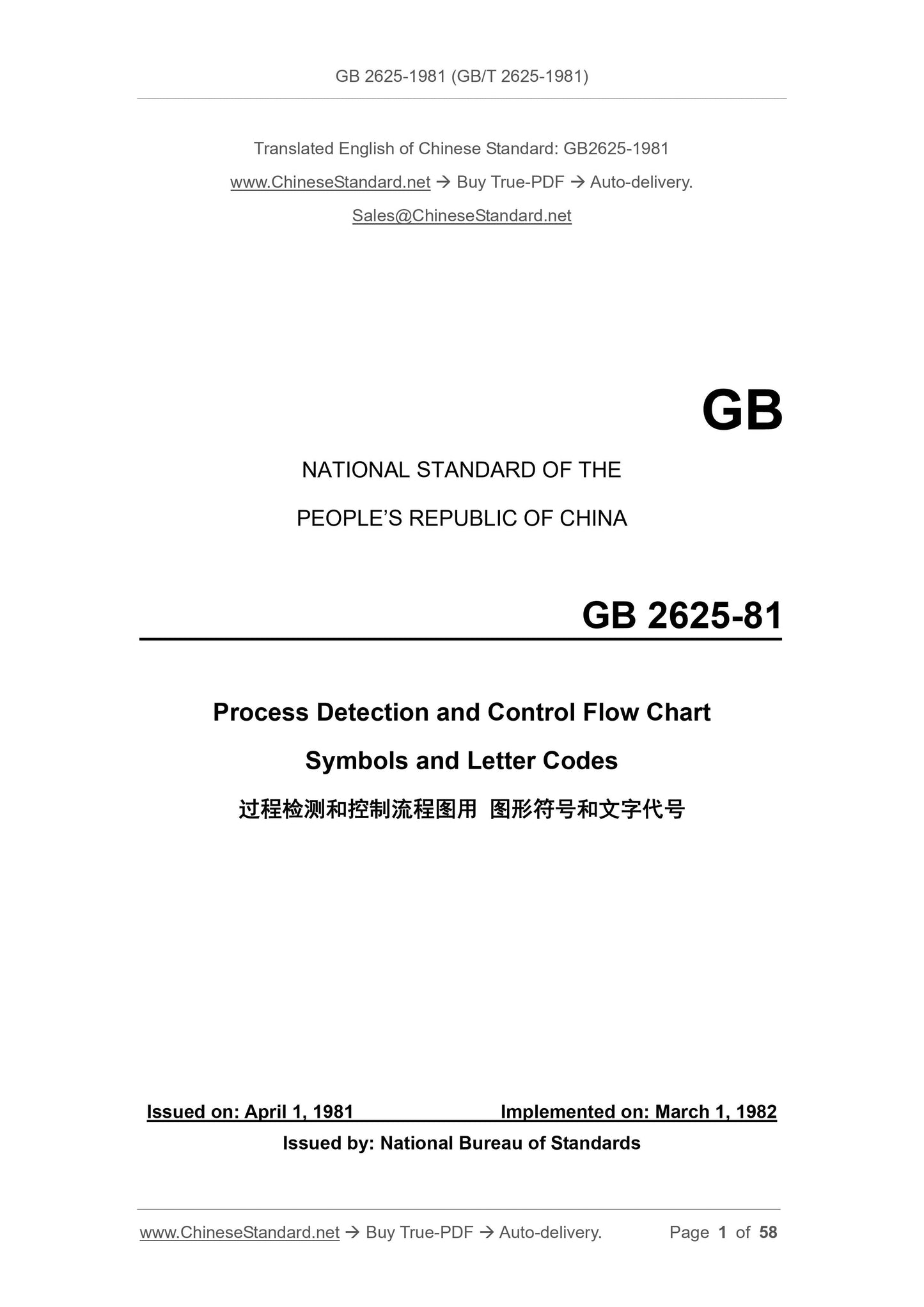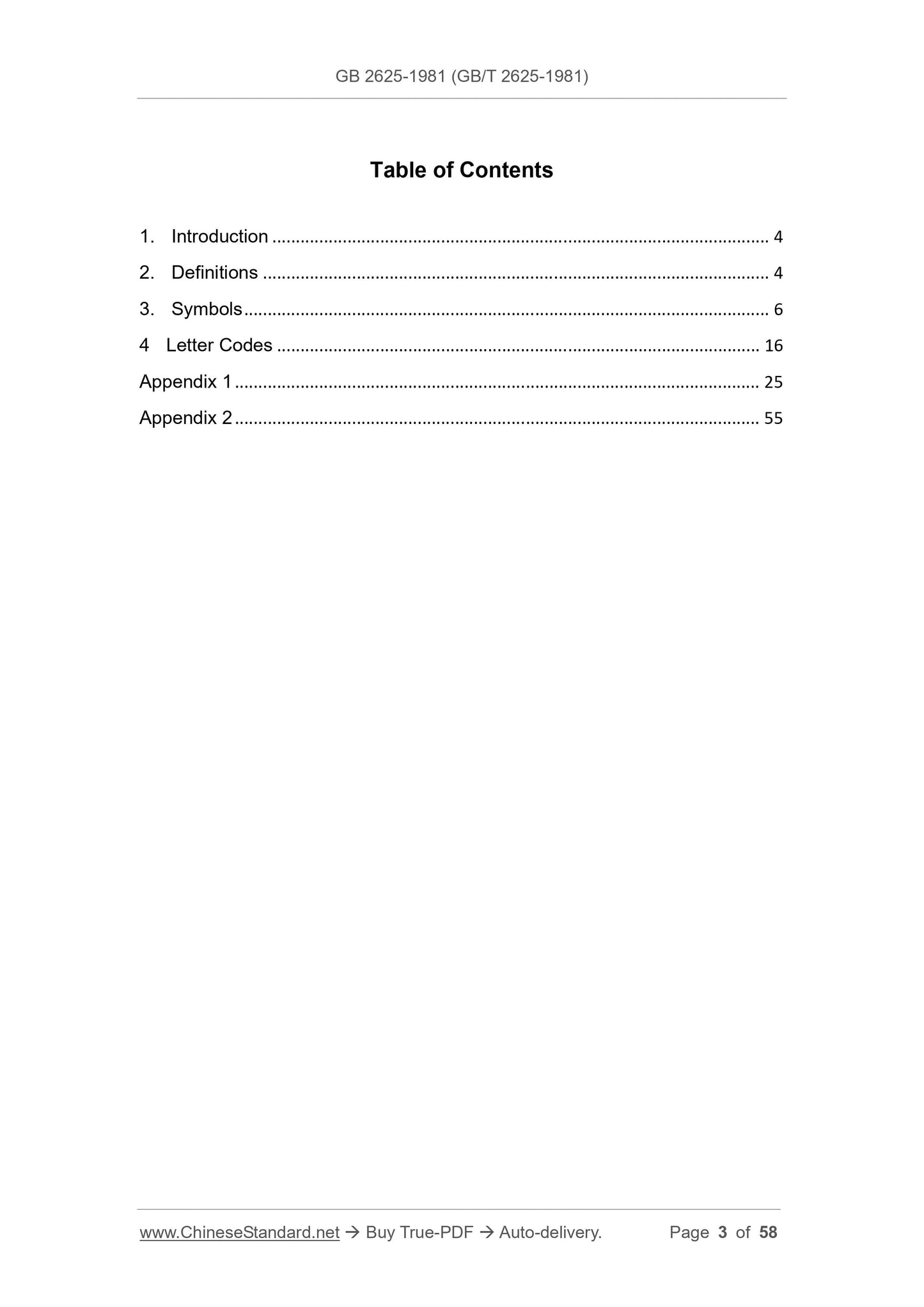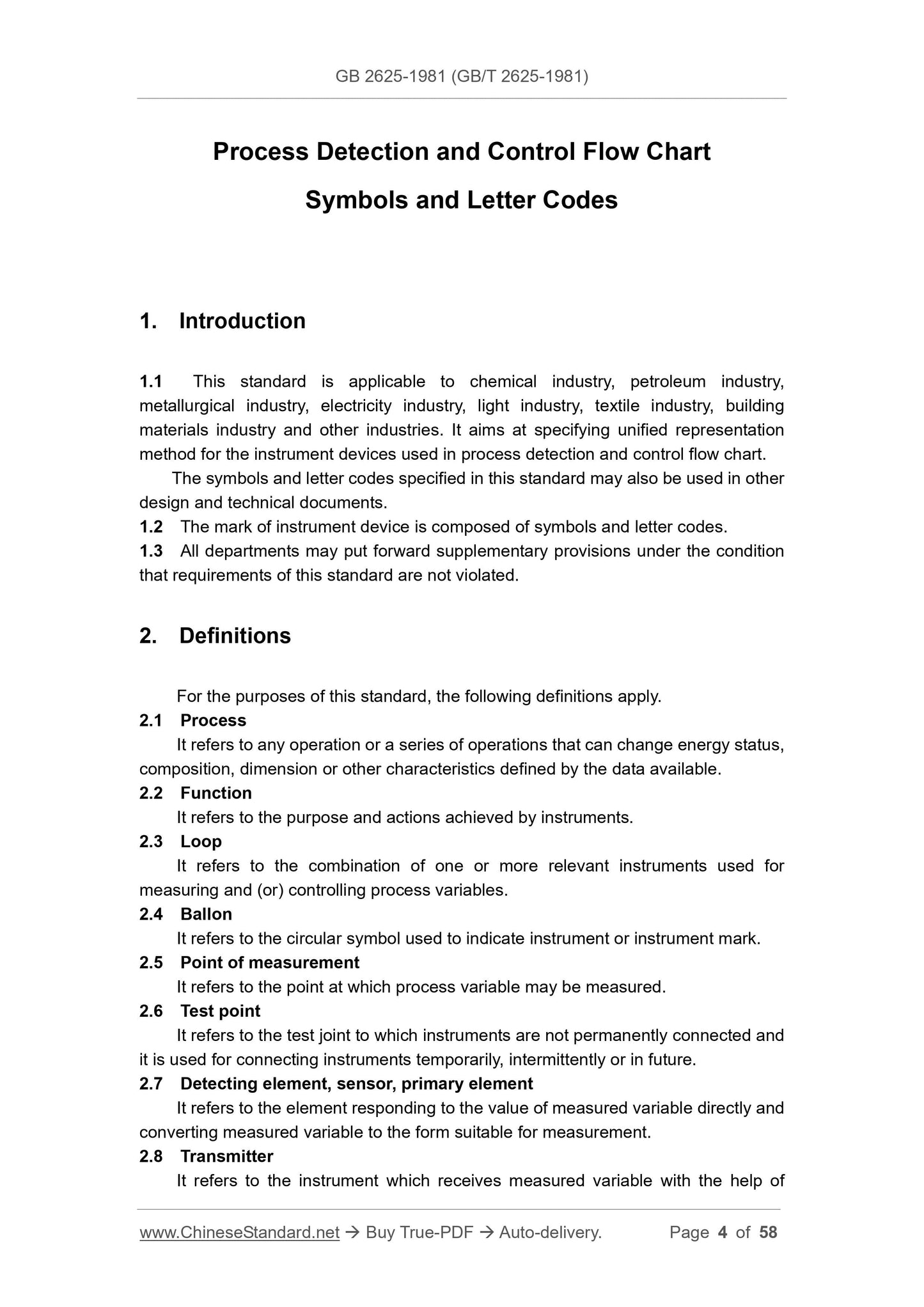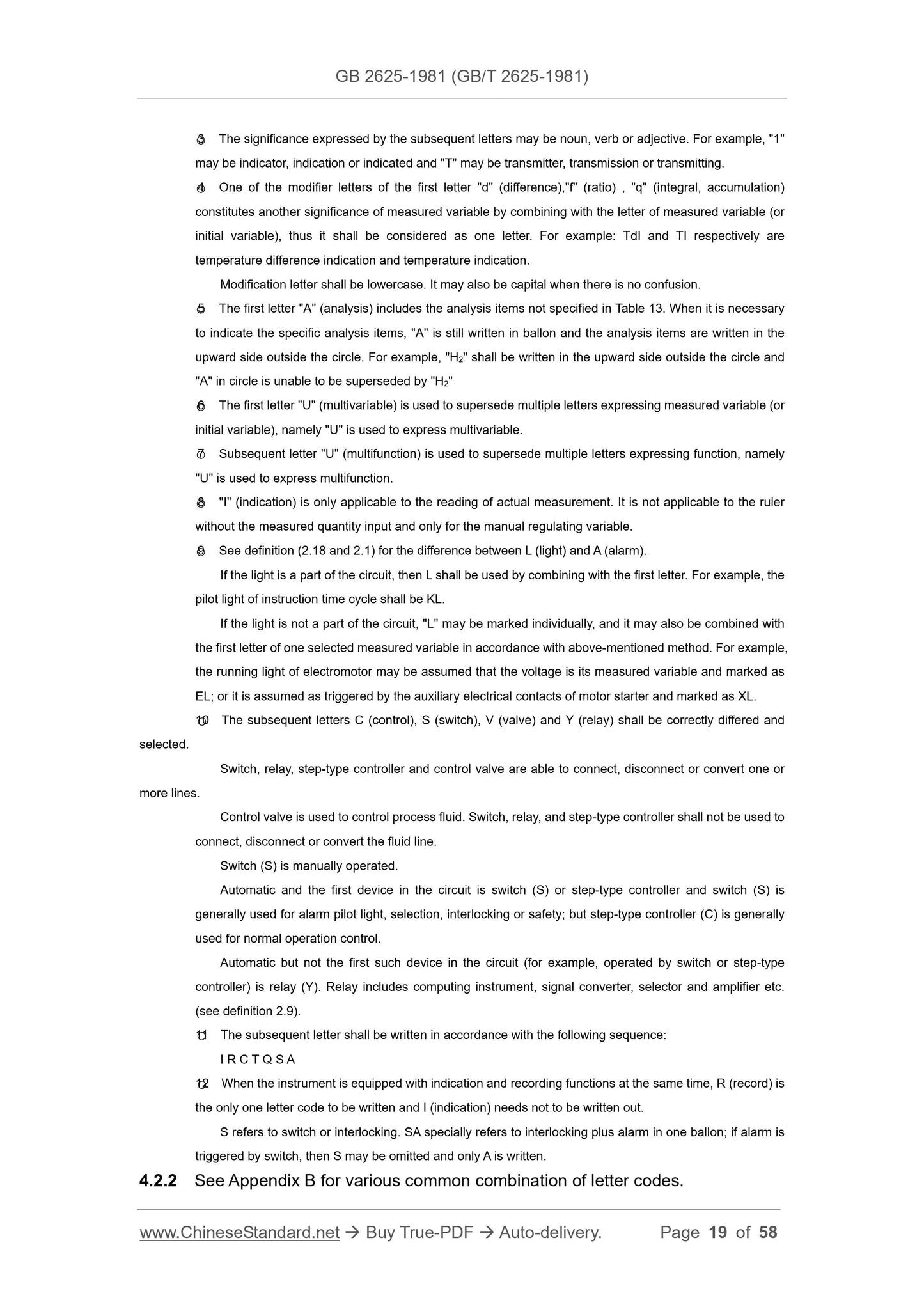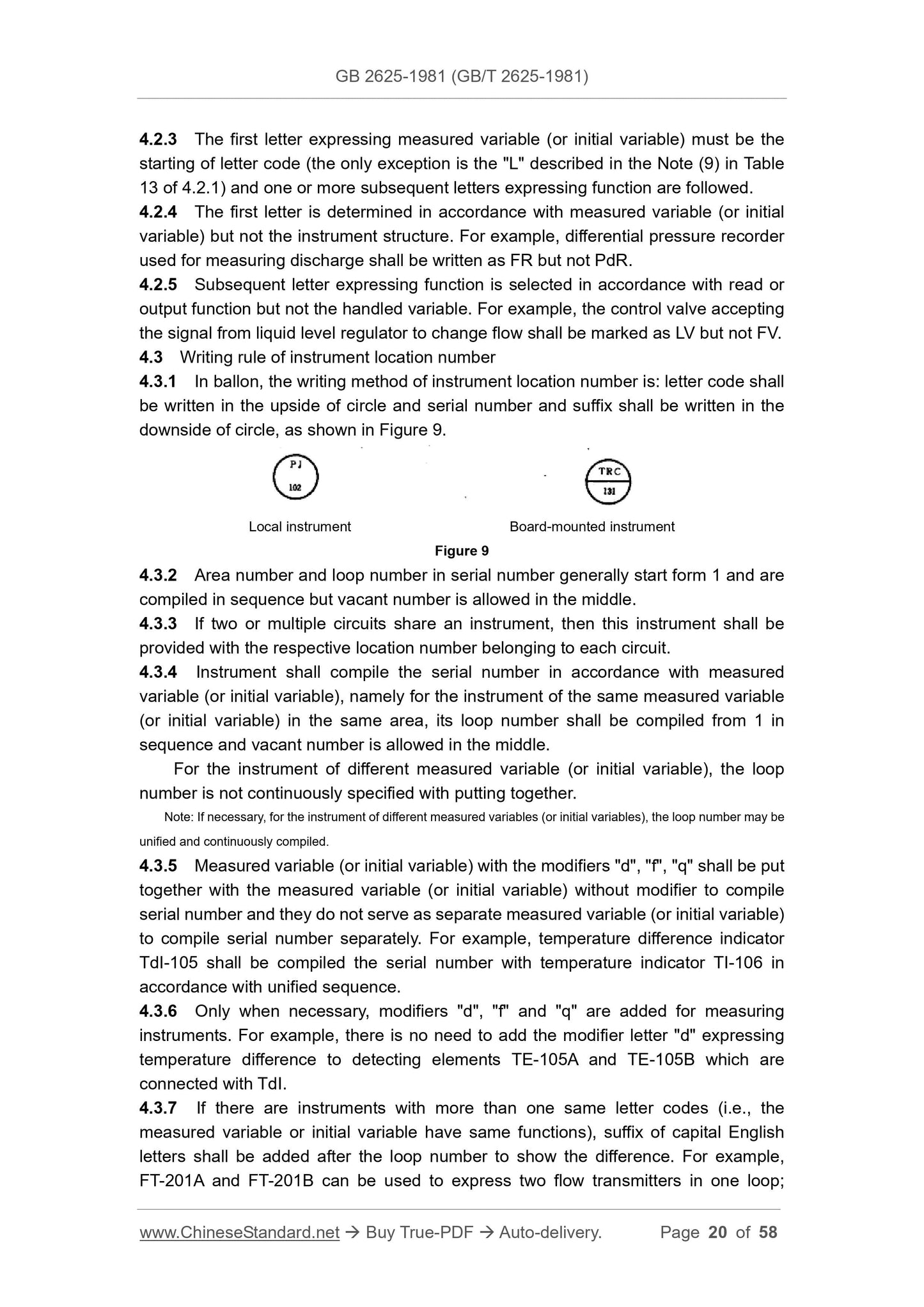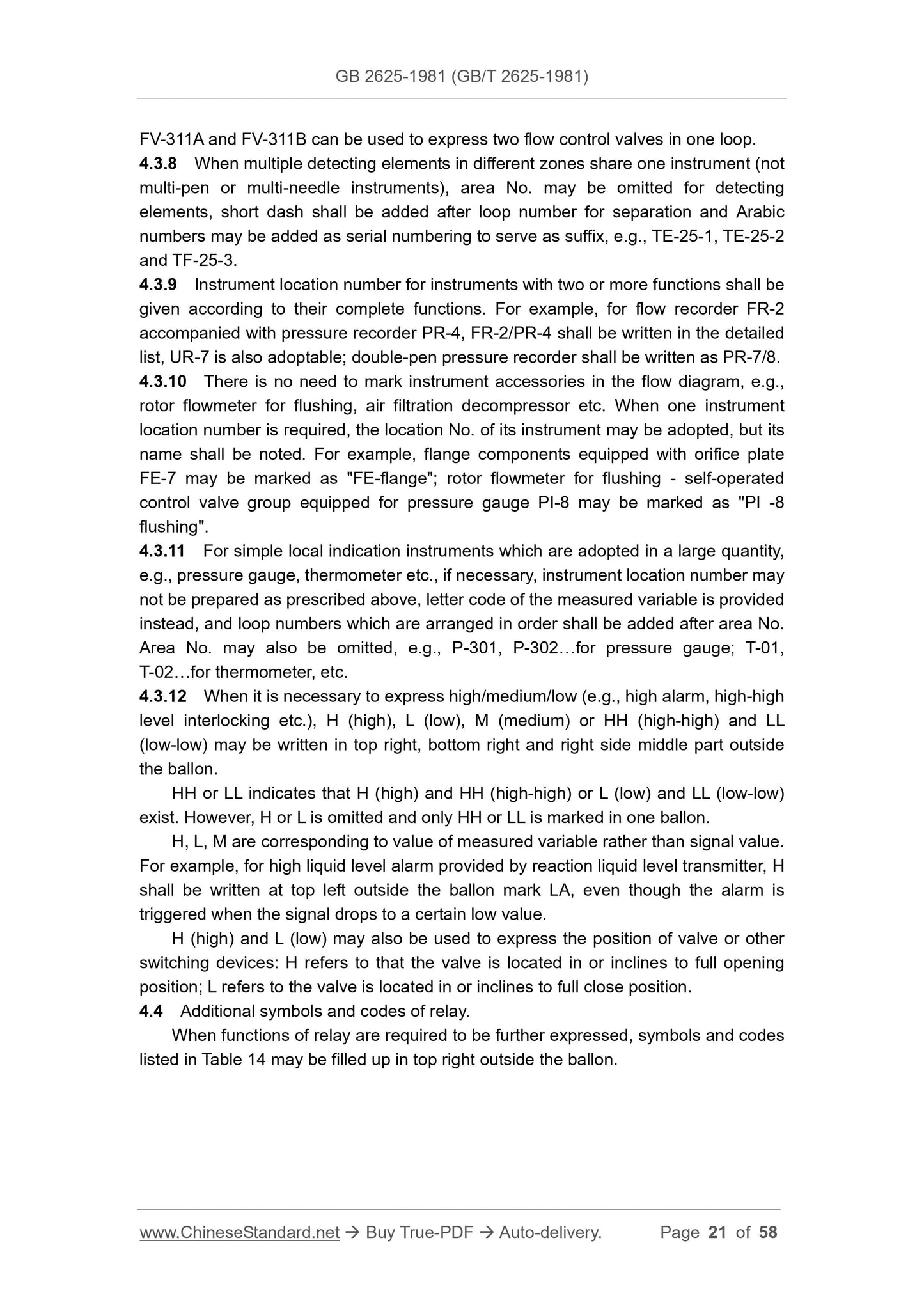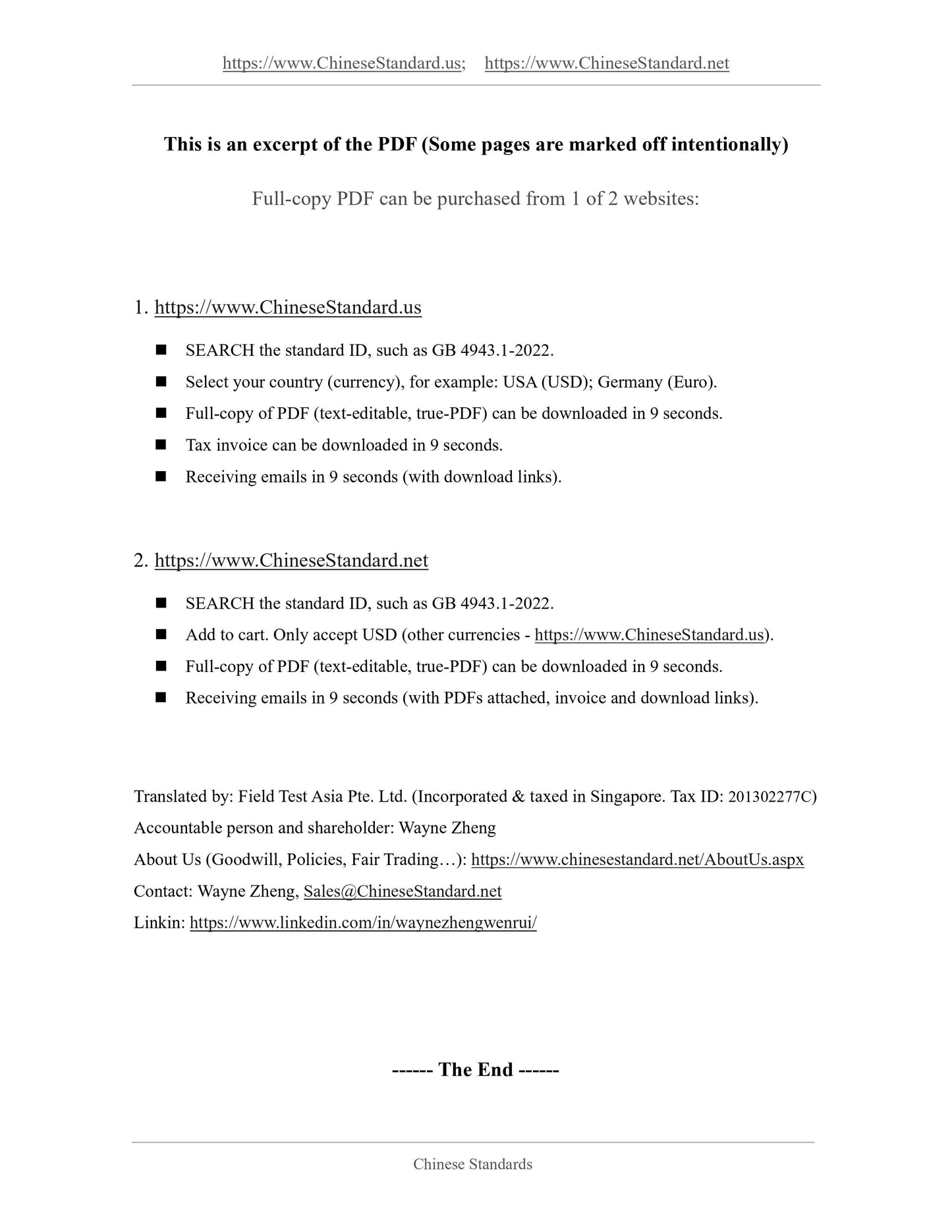1
/
of
7
www.ChineseStandard.us -- Field Test Asia Pte. Ltd.
GB/T 2625-1981 English PDF (GB/T2625-1981)
GB/T 2625-1981 English PDF (GB/T2625-1981)
Regular price
$150.00
Regular price
Sale price
$150.00
Unit price
/
per
Shipping calculated at checkout.
Couldn't load pickup availability
GB/T 2625-1981: Process detection and controlflow chart. Symbols and letter codes
Delivery: 9 seconds. Download (and Email) true-PDF + Invoice.Get Quotation: Click GB/T 2625-1981 (Self-service in 1-minute)
Newer / historical versions: GB/T 2625-1981
Preview True-PDF
Basic Data
| Standard ID | GB/T 2625-1981 (GB/T2625-1981) |
| Description (Translated English) | Process detection and controlflow chart. Symbols and letter codes |
| Sector / Industry | National Standard (Recommended) |
| Classification of Chinese Standard | N10 |
| Classification of International Standard | 25.040.40 |
| Word Count Estimation | 55,589 |
| Date of Issue | 4/15/1981 |
| Date of Implementation | 3/1/1982 |
| Issuing agency(ies) | State Standards Administration |
| Summary | This Standard is applicable to chemical, petroleum, metallurgy, electric power, light industry, textiles, building materials and other industrial, instrumentation devices designed to detect and provides a flow chart of the process used to control a unified representation. |
Share
